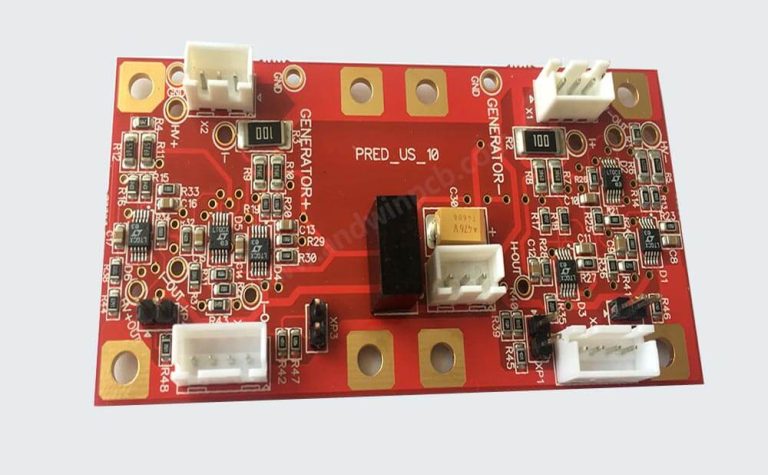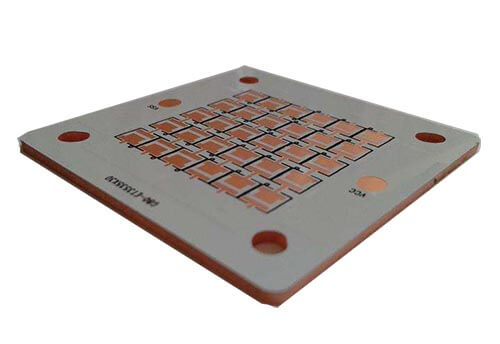Thermal pad pcb layout
There should be sufficient clearance around the thermal pad to avoid short circuits and ensure proper soldering.
4. Solder mask:
The solder mask should be removed from the thermal pad to allow for proper soldering.
5. Via placement:
Vias can be placed around the thermal pad to improve heat dissipation and reduce thermal resistance.
6. Thermal relief:
Thermal relief can be added to the thermal pad to make it easier to solder and reduce the risk of solder bridges.
Overall, the thermal pad on a PCB layout should be carefully designed to ensure proper heat dissipation and reliable operation of the component.

thermal pad pcb layout structure
A thermal pad on a PCB layout is typically a large copper area that is connected to a ground plane or a power plane.
The thermal pad is designed to provide a low thermal resistance path for heat dissipation from the component to the PCB.
The thermal pad is usually located directly under the component that generates heat, such as a power transistor or a voltage regulator.
The thermal pad is connected to the ground plane or power plane through a series of vias that are located around the perimeter of the pad.
The vias provide a low resistance path for heat to flow from the component to the ground plane or power plane.
The number and size of the vias depend on the amount of heat that needs to be dissipated and the size of the thermal pad.
The thermal pad should be designed to be as large as possible to provide the maximum surface area for heat dissipation.
The pad should also be located as close as possible to the component that generates heat to minimize the thermal resistance between the component and the pad.
In addition to the thermal pad, the PCB layout should also include a heat sink or a heat spreader to further enhance the heat dissipation.
The heat sink or heat spreader can be attached to the thermal pad using a thermal interface material (TIM) such as thermal paste or a thermal pad.
The TIM helps to fill any gaps between the heat sink or heat spreader and the thermal pad,
which improves the thermal conductivity between the two surfaces.







